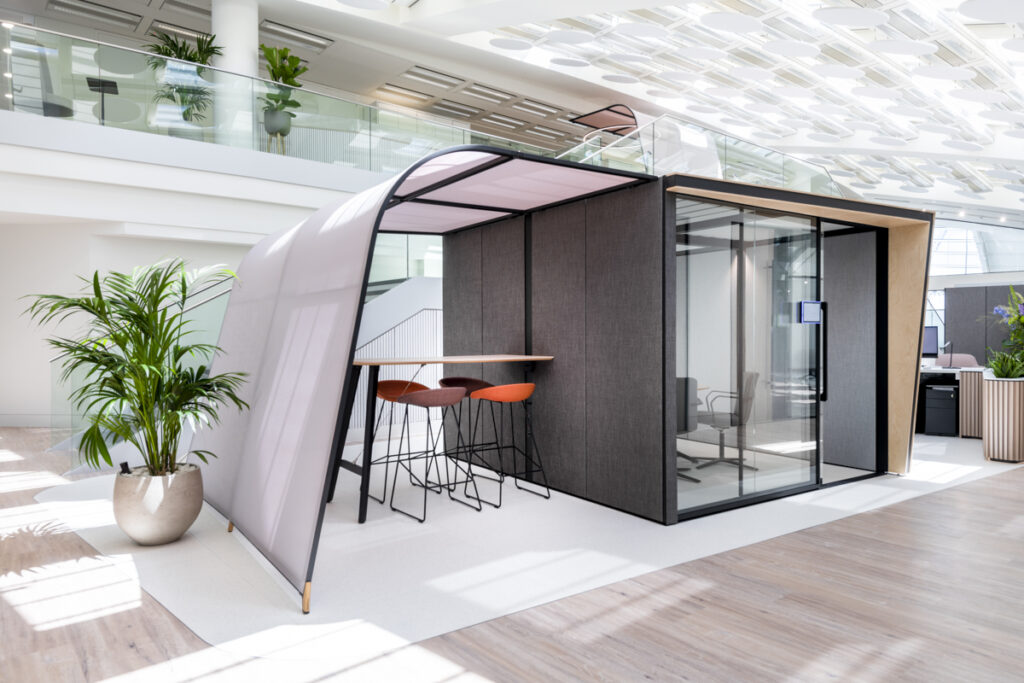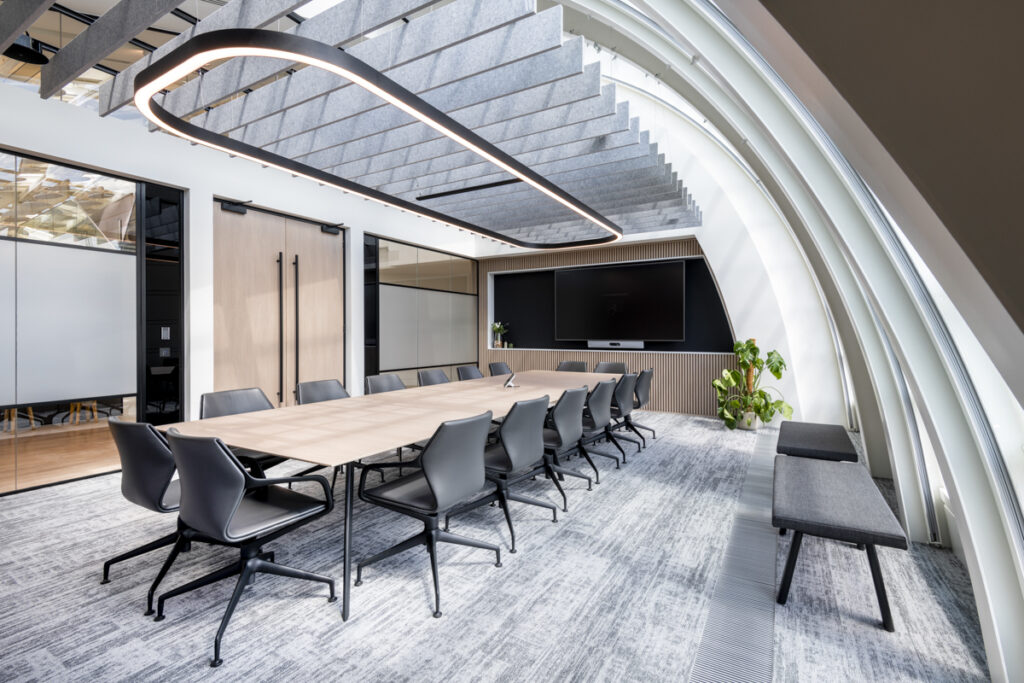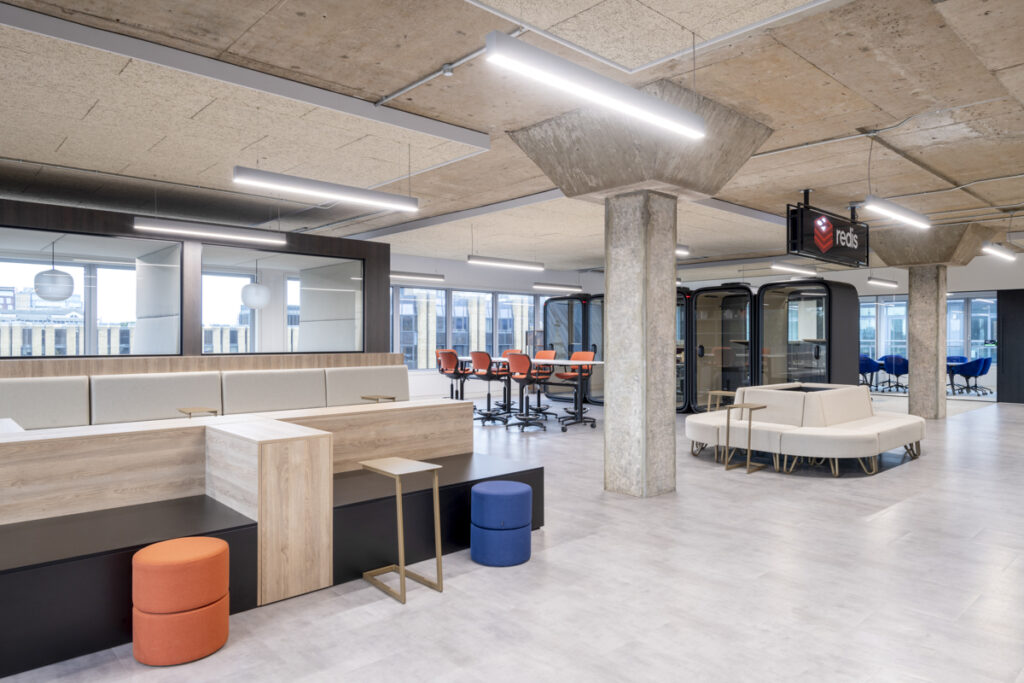Understanding the nuances between office architecture and workspace design
Introduction
Photography plays a significant role in the office build and design industry, offering a visual narrative that can significantly influence the perception of a workspace. Within this broad field, two distinct yet interrelated types of photography stand out – office design photography and office architecture photography. While they share some similarities, their focus, techniques, and ultimate objectives diverge. In this article, we’ll explore the subtle distinctions between these two genres of photography, and how purposeful and focused photography techniques can effectively highlight the best aspects of both.
Workspace Design Photography: Capturing the Aesthetics and Function
Workspace design photography primarily focuses on the interior elements of the workspace. It seeks to capture the aesthetics, functionality, and overall feel of an office. This involves photographing furniture layouts, colour schemes, lighting fixtures, decorative elements, and even the minutest design details that contribute to the workspace’s overall ambiance.
The goal is to communicate the designer’s vision, highlighting how design elements come together to create a comfortable, efficient, and aesthetically pleasing workspace. It often employs techniques such as staging, creative lighting, and selective focus to draw attention to specific design features. Office design photography plays a crucial role in showcasing the designer’s creativity, innovation, and ability to create inspiring workspaces that foster productivity and well-being.






Office Architecture Photography: Showcasing the Structural Elements
Office architecture photography, on the other hand, concentrates on the building’s structural and spatial aspects. It captures the architectural features, the exterior of the building, the flow of spaces, and the interplay of lines and forms. It’s about showing the relationship between the building and its surrounding environment, the use of materials, and how architectural elements contribute to the office’s overall look and feel.
Architectural photographers use a wide-angle or tilt and shift lens to capture expansive interior spaces or the building’s exterior and often shoot during the ‘golden hours’ to take advantage of the best natural lighting. The primary goal is to showcase the architectural integrity of the office building, reflecting the architect’s vision, and the structural considerations that shape the workspace.






The Interplay between Workspace Design and Architecture Photography
While these two photography types have distinct focal points, they often overlap and intertwine. A comprehensive visual representation of an office space necessitates capturing both the design elements within the space and the architectural features that define the building. Together, they tell the complete story of the workspace – reflecting the vision of the designer, the architect, and the brand itself.






Conclusion
Understanding the differences between workspace design photography and office architecture photography allows us to appreciate the multifaceted nature of workspace photography. Each provides a unique perspective, contributing to the narrative of the workspace and offering potential clients, partners, and the public a glimpse into the creativity, innovation, and considerations that go into creating inspiring workspaces. As the office build and design industry continues to evolve, the interplay between these two forms of photography will remain an essential aspect of showcasing and celebrating the transformative power of well-executed office design and architecture.
Share Post: